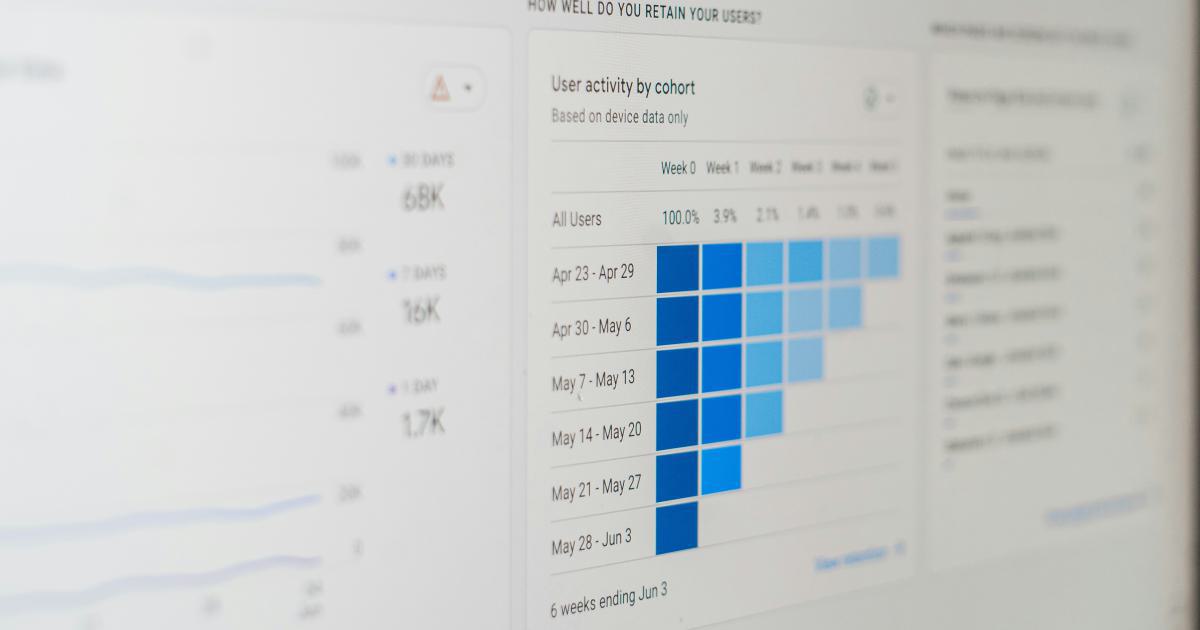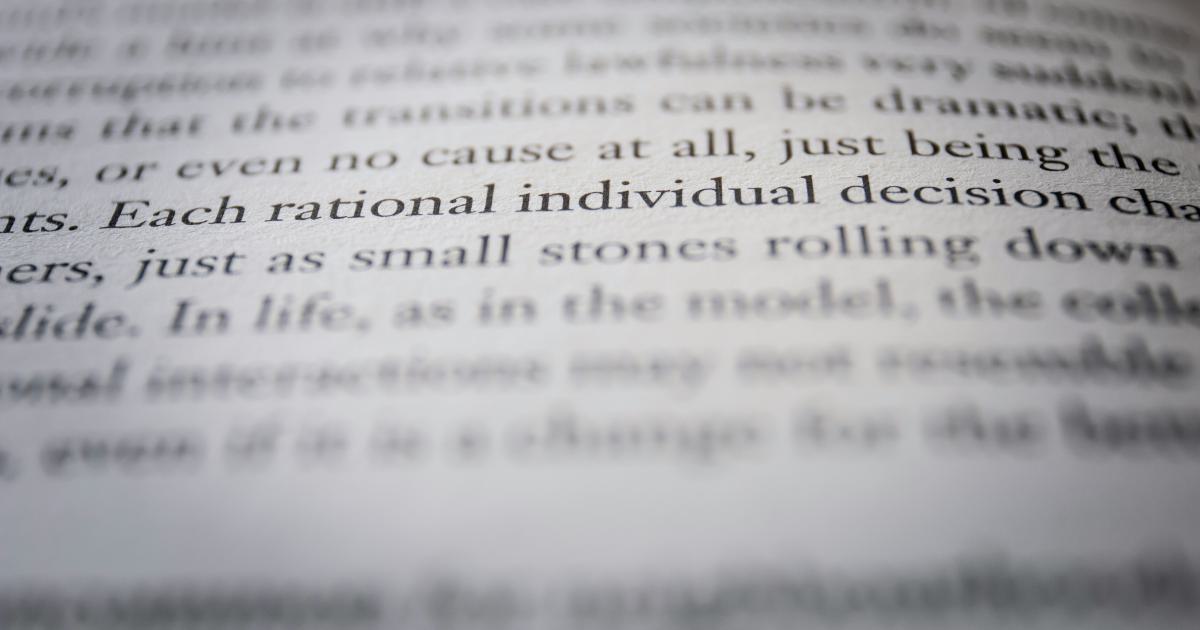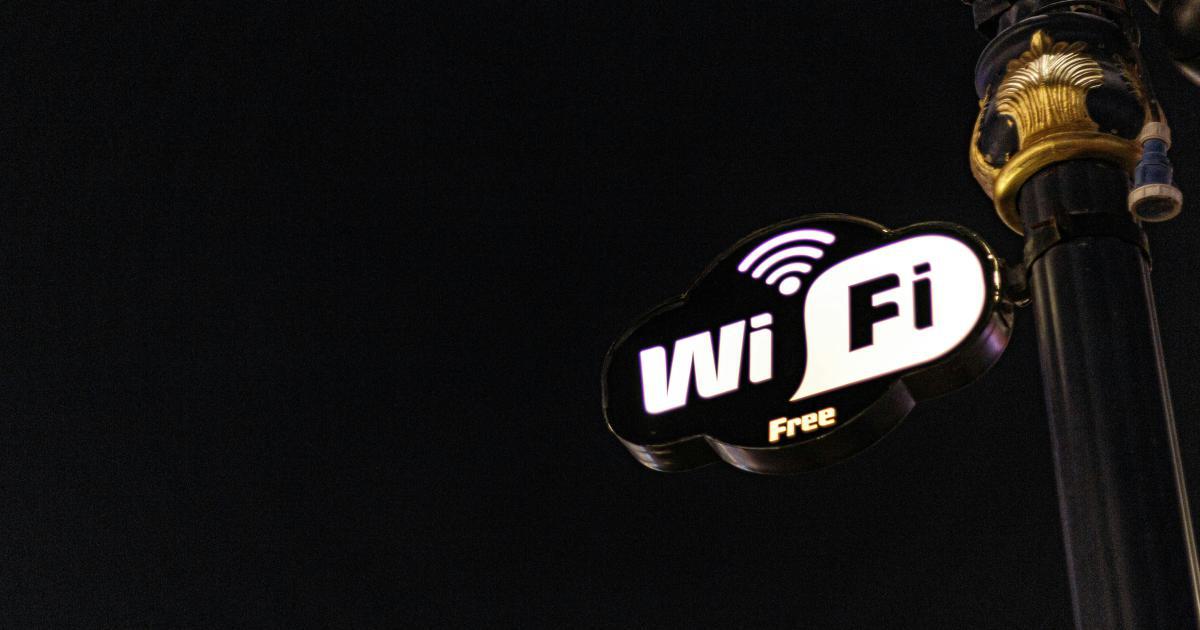Revealed: The Truth About Inlining Critical CSS


The Importance of Inlining Critical CSS
In the ever-evolving world of web development, the optimization of website performance has become a critical concern. One of the most impactful strategies in this pursuit is the practice of inlining critical CSS. This technique has gained significant attention in recent years, as it has the potential to dramatically improve the perceived load time of a web page, providing a smoother and more engaging user experience.

But what exactly is critical CSS, and why is inlining it so important? Critical CSS refers to the subset of CSS rules that are necessary for rendering the initial visible portion of a web page. This includes styles for the header, navigation, and other essential elements that are immediately displayed to the user. By inlining this critical CSS, the browser can begin rendering the page immediately, without having to wait for the full CSS file to download and parse.
The impact of inlining critical CSS can be significant. By reducing the amount of time required to display the initial content, users are less likely to experience the dreaded "blank page" or "flickering" effect, where the page appears to take an eternity to load. This, in turn, can lead to improved user engagement, lower bounce rates, and ultimately, better overall website performance.
Understanding the Critical Rendering Path
To fully appreciate the benefits of inlining critical CSS, it's essential to understand the critical rendering path - the sequence of steps the browser takes to render a web page. This process can be broken down into the following key stages:
HTML Parsing: The browser begins by parsing the HTML document, constructing the Document Object Model (DOM) tree.
CSS Parsing: Simultaneously, the browser parses the CSS files, building the CSS Object Model (CSSOM) tree.
Render Tree Construction: The browser then combines the DOM and CSSOM trees to create the render tree, which represents the visual elements that will be displayed on the page.
Layout: The browser calculates the position and size of each element in the render tree, determining the layout of the page.
Painting: Finally, the browser paints the pixels on the screen, rendering the visible content.

The critical rendering path is a crucial concept in understanding the importance of inlining critical CSS. The browser cannot begin rendering the page until it has completed the initial parse of the HTML and CSS, and constructed the render tree. This means that any delays in the CSS parsing and render tree construction stages can significantly impact the perceived load time of the page.
The Benefits of Inlining Critical CSS
By inlining critical CSS, you can optimize the critical rendering path and improve the overall performance of your website. Here are some of the key benefits of this technique:
1. Faster Initial Render
When you inline critical CSS, the browser can begin rendering the page immediately, without having to wait for the full CSS file to download and parse. This leads to a faster initial render, reducing the time it takes for the user to see the first meaningful content on the page.

2. Reduced Time to First Meaningful Paint (TTFMP)
The Time to First Meaningful Paint (TTFMP) is a crucial metric in web performance optimization. It measures the time it takes for the browser to render the first meaningful content on the page, such as the main header, navigation, or above-the-fold content. By inlining critical CSS, you can significantly reduce the TTFMP, providing users with a more responsive and engaging experience.
3. Improved User Experience
A faster initial render and reduced TTFMP directly translate to a better user experience. Users are less likely to experience the "blank page" effect or perceive the website as slow, leading to increased engagement, lower bounce rates, and improved overall satisfaction.

4. Enhanced Search Engine Optimization (SEO)
Google and other search engines place a strong emphasis on website performance as a ranking factor. By optimizing your website's load time through inlining critical CSS, you can improve your search engine rankings, making your site more visible to potential customers or users.
5. Reduced Bandwidth Usage
Inlining critical CSS can also lead to reduced bandwidth usage, as the browser does not have to download the full CSS file upfront. This can be particularly beneficial for users on slow or metered internet connections, as it can improve the overall browsing experience and reduce data usage.
Identifying Critical CSS
Before you can inline critical CSS, you need to identify which CSS rules are considered "critical." This can be a challenging task, as the definition of "critical" can vary depending on the specific website and its content.
Generally, critical CSS includes the styles necessary for rendering the above-the-fold content, the header, navigation, and any other elements that are immediately visible to the user upon page load. This may include:
- Styles for the header, navigation, and hero section
- Styles for the main content area and any visible elements
- Styles for any critical UI elements, such as buttons or form fields
- Fonts and icon styles

To identify the critical CSS for your website, you can use a variety of tools and techniques, including:
Manual Inspection: Carefully review your website's structure and content, and identify the key elements that are immediately visible to the user.
Browser DevTools: Most modern web browsers, such as Google Chrome and Mozilla Firefox, provide built-in developer tools that can help you analyze the critical rendering path and identify critical CSS.
Automated Tools: There are several tools available that can automatically analyze your website and extract the critical CSS, such as Critical, Penthouse, and UnCSS.
When identifying critical CSS, it's important to keep in mind that the definition of "critical" can vary depending on the specific page and its content. What may be critical for the homepage may be different from what is critical for a product page or a blog post.
Inlining Critical CSS
Once you have identified the critical CSS for your website, the next step is to inline it. Inlining critical CSS involves embedding the necessary CSS rules directly into the HTML document, rather than loading them from an external CSS file.
Here's a step-by-step guide to inlining critical CSS:
Extract Critical CSS: Begin by extracting the critical CSS rules from your main CSS file(s). This can be done manually or by using one of the automated tools mentioned earlier.
Inline the CSS: Embed the critical CSS rules directly into the <head> section of your HTML document, using the <style> tag. Make sure to include only the essential styles, and avoid including any non-critical CSS.
<!DOCTYPE html>
<html>
<head>
<title>My Website</title>
<style>
/* Inlined critical CSS rules go here */
header { background-color: #333; color: #fff; }
nav ul { list-style-type: none; margin: 0; padding: 0; }
nav li { display: inline-block; margin-right: 20px; }
nav a { color: #fff; text-decoration: none; }
/* Additional critical CSS rules */
</style>
<!-- Any remaining non-critical CSS can be loaded asynchronously -->
<link rel="stylesheet" href="styles.css">
</head>
<body>
<!-- HTML content goes here -->
</body>
</html>
Load Non-Critical CSS Asynchronously: After inlining the critical CSS, you can load the remaining non-critical CSS asynchronously, using the <link rel="stylesheet"> tag with the async or defer attributes.
Optimize Critical CSS: Ensure that the inlined critical CSS is as lean and optimized as possible. Remove any unnecessary styles, combine selectors, and minify the CSS to minimize the file size.
Test and Iterate: Thoroughly test your website to ensure that the inlined critical CSS is rendering correctly and that the page load time has improved. If necessary, refine your critical CSS selection and repeat the process.

By inlining critical CSS, you can significantly improve the perceived load time of your website, providing users with a smoother and more engaging experience. However, it's important to note that inlining critical CSS is just one aspect of web performance optimization, and should be considered alongside other techniques, such as code splitting, lazy loading, and image optimization.
Challenges and Considerations
While inlining critical CSS can be a powerful optimization technique, it's not without its challenges and considerations. Here are some key factors to keep in mind:
1. Balancing Critical and Non-Critical CSS
Identifying the right balance between inlining critical CSS and loading non-critical CSS asynchronously can be a delicate process. Inline too much CSS, and you risk increasing the initial page load time. Inline too little, and you may not see the desired performance improvements.

2. Maintaining Consistent Styles
When inlining critical CSS, it's important to ensure that the styles are consistent across the entire website. If the inlined CSS differs from the styles in the external CSS file, it can lead to visual inconsistencies and a poor user experience.
3. Increased HTML File Size
Inlining critical CSS means that the HTML file size will increase, as the CSS rules are embedded directly into the document. This can have a negative impact on initial page load times, especially for pages with a large amount of critical CSS.
4. Caching Challenges
Inlining critical CSS can also make it more challenging to leverage browser caching, as the CSS rules are now embedded in the HTML document rather than being loaded from a separate file. This can impact the overall caching strategy for your website.
5. Maintainability and Scalability
As the website grows and evolves, maintaining and updating the inlined critical CSS can become increasingly complex. Ensuring that the critical CSS remains up-to-date and consistent across the entire website can be a significant challenge, especially for large or complex websites.
Real-World Examples and Case Studies
To illustrate the impact of inlining critical CSS, let's look at a few real-world examples and case studies:
Example 1: Walmart.com
Walmart.com, the e-commerce giant, implemented inlining critical CSS as part of their performance optimization efforts. By identifying and inlining the critical CSS, they were able to reduce the Time to First Meaningful Paint (TTFMP) by up to 1 second, leading to a significant improvement in user experience and engagement.

Example 2: Airbnb.com
Airbnb, the popular vacation rental platform, also leveraged inlining critical CSS to improve their website's performance. By carefully analyzing their critical CSS and optimizing the inlining process, they were able to achieve a 50% reduction in initial page load time, resulting in a measurable increase in user engagement and conversions.

Case Study: Etsy.com
Etsy, the online marketplace for handmade and vintage items, conducted a comprehensive case study on the impact of inlining critical CSS. They found that by inlining the critical CSS and loading the non-critical CSS asynchronously, they were able to reduce the Time to First Meaningful Paint (TTFMP) by up to 40%, leading to a significant improvement in user experience and a decrease in bounce rates.

These real-world examples and case studies demonstrate the tangible benefits of inlining critical CSS, and the significant impact it can have on website performance, user engagement, and overall business success.
Best Practices and Expert Tips
To help you get the most out of inlining critical CSS, here are some best practices and expert tips:
Identify Critical CSS Carefully: Take the time to thoroughly analyze your website and identify the truly critical CSS rules. Avoid inlining too much or too little, as both can have negative consequences.
Optimize Critical CSS: Ensure that the inlined critical CSS is as lean and optimized as possible. Remove any unnecessary styles, combine selectors, and minify the CSS to minimize the file size.
Use Automated Tools: Leverage tools like Critical, Penthouse, and UnCSS to help automate the process of identifying and extracting critical CSS, saving you time and effort.
Implement Async/Defer Loading: After inlining the critical CSS, load the remaining non-critical CSS asynchronously using the async or defer attributes on the <link> tag.
Monitor and Iterate: Continuously monitor the performance of your website and be prepared to refine your critical CSS selection and inlining process as your website evolves.
Consider Serverless Functions: For complex websites, consider using serverless functions to dynamically generate and inline the critical CSS, ensuring that it's always up-to-date and optimized.
Leverage Browser Caching: Implement effective browser caching strategies to ensure that the inlined critical CSS is cached and reused across page loads, further improving performance.
Maintain Consistency: Ensure that the inlined critical CSS is consistent with the styles in your external CSS file, to avoid visual inconsistencies on your website.
Prioritize Above-the-Fold Content: Focus on inlining the critical CSS for the above-the-fold content, as this is the most important for the initial page load and user experience.
Test Thoroughly: Conduct extensive testing to ensure that the inlined critical CSS is rendering correctly and that the page load time has improved as expected.
By following these best practices and expert tips, you can maximize the benefits of inlining critical CSS and achieve significant performance improvements for your website.
Conclusion
Inlining critical CSS is a powerful web performance optimization technique that can dramatically improve the perceived load time and user experience of your website. By identifying and inlining the essential CSS rules, you can reduce the Time to First Meaningful Paint (TTFMP) and provide users with a smoother, more engaging browsing experience.
While there are some challenges and considerations to keep in mind, such as balancing critical and non-critical CSS, maintaining consistency, and ensuring maintainability, the benefits of inlining critical CSS far outweigh the drawbacks. By following best practices and leveraging expert tips, you can successfully implement this optimization strategy and see tangible improvements in your website's performance and user engagement.
As the web continues to evolve, the importance of optimizing website performance will only grow. Inlining critical CSS is a key technique in this pursuit, and mastering it can give your website a significant competitive edge in the ever-changing digital landscape.